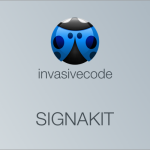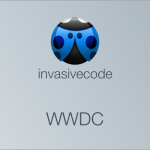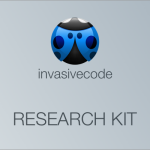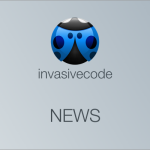That’s it: Apple Pay
As long as you haven’t been sleeping in a tent high in the Himalayas, you’ve noticed Apple’s new Mobile Payment service, Apple Pay.
Apple Pay lets us make real world payments without touching anything except our iPhone 6’s TouchID sensor. With Apple Pay, a subtle vibration is all that’s felt.
When I purchased my iPhone 6 at the Apple Store in Corte Madera, CA, I immediately uploaded my Citi Bank Credit Card to Passbook and activated Apple Pay using a pattern recognition algorithm to read its numbers. The process was intuitive and amazingly easy, and the next thing I knew, I was holding my thumb over the TouchID sensor and kind of waving my iPhone in the air, and, one subtle vibration later, I’d paid for my yellow, iPhone 6, Silicon case. As I walked out of the Apple Store, through the sliding glass doors, I thought, That’s it?, and seamlessly, I was driving my car, on the highway to the future, as if nothing had happened.

Hyping Apple Pay
If you live in a major American city, like San Francisco, you might feel as if Apple Pay is everywhere, and this past October 20th, when Apple Pay was released, you may even have been greeted, as you walked through San Francisco’s Embarcadero, by crowds of people gathered around a white trailer that was branded with Visa, Wells Fargo, and Pay logos and a sign that read Ask us how your fingerprint can change the way you pay. Or maybe, you’ve been riding the Muni or driving on the 101 or watching the Capital One Orange Bowl on television. No doubt, you’ve been bombarded, unavoidably, by Apple Pay’s hype.
This explosive hype is advertising, marketing, one part of the ever growing Apple machine. Apple is one of the world’s most powerful brands, so of course Apple’s Mobile Payment service, which has obvious, far-reaching disruptive potential, will receive tons attention. Of course this is true. But with Apple Pay and the imminent rise of mobile technology, it’s more than hype, it’s a remarkable cultural and technological intersection. One that will force innovation across industries, and if you’re in business, you’d better pay close attention.
Mixing Cultural Technologies
Apple Pay is made possible through modern technology.
On the surface there’s Apple’s TouchID fingerprint sensor, which, obviously, uses advanced biometric identification to read your fingerprint and release secure data.
There’s also, Near Field Communication(NFC), which enables proximity radio communication between devices. Using NFC, your iPhone 6 senses, spatially, that it’s close to a payment terminal. Payment is, therefore, contactless.
Then there’s the added security of a method called tokenization, a secure interaction that allows devices to communicate sensitive data with disposable, one-time use codes. With tokenization, when you use Apple Pay, the Device Account Number, along with a transaction-specific dynamic security code, is used to process your payment. Actual Credit Card numbers are never shared, by Apple, with merchants or transmitted with payment.
These innovative technologies, however, are just a part of the picture. Apple Pay’s strong subversive power, most importantly, is cultural. Meaning, it’s the result of our current, growing technological infatuation. Look around you. Everyone is looking at their smartphone, scrolling up and down their news feed, maintaining continuous contact with far-away-friends, flagging down an Uber with the touch of a button. We can’t help it. It feels so good, so comfortable. In 2015, it’s more than apparent: Smartphones are a part of us. And in the developed world, we’re trusting our smartphones unabashedly. We love them, so why wouldn’t we integrate our Credit Cards with them and embrace Mobile Payment’s explosion.
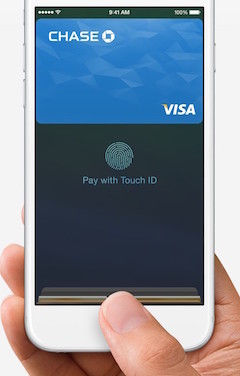
The Apple Factor
One refrain I kept hearing, when Apple Pay was first released, was Apple Pay isn’t new, there’s already been Google wallet. This refrain, although true (Google Wallet has been using NFC since 2011), misses the point.
When it comes to payment, people are very concerned with security, and they aren’t going to use something that feels fringe. Even though Google is, clearly, indoctrinated into our society, it’s still seen through a particular lens, and this lens, at this point, isn’t Mobile Payment.
With Apple Pay, and it’s extensive hype, Apple brings monumental attention to NFC and the attraction of mobile payment. As of now, it’s true: there’s major implementation costs and Walter Isaacson’s assertion, in his LinkedIn article on The Coming MicroPayment Disruption, that,"Apple Pay and other NFC systems, alas, require that payments go through the current banking and credit card systems. This adds transaction costs, both financial and mental, that make small impulse payments less feasible, especially for digital content online.", is valid. But ultimately, I believe, momentum and belief and the magical convenience of seamless payment, will overcome these costs.
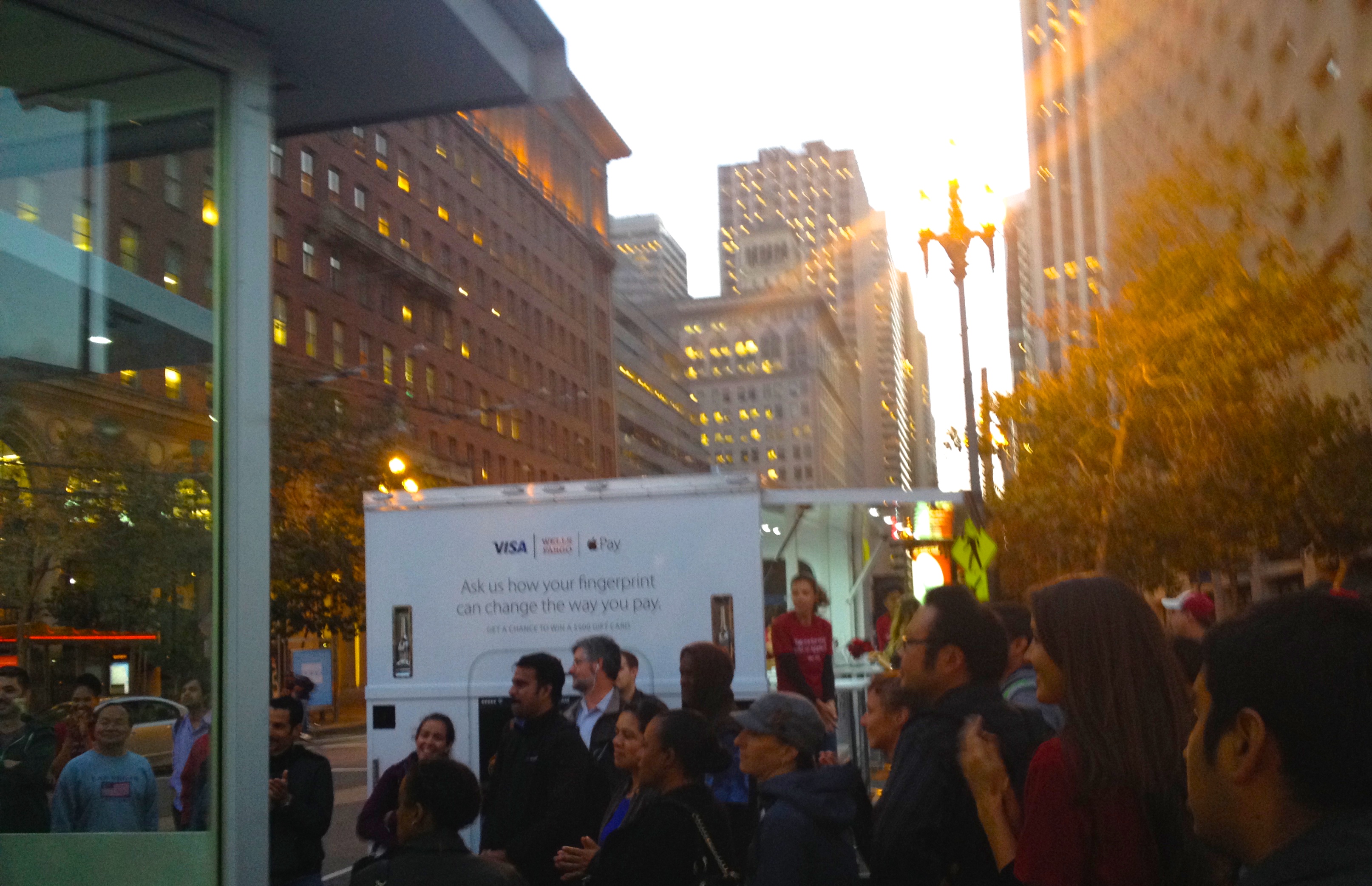
It’s Happening Now
Disruption is momentous, but it needs a catalyst, and, for Mobile Payment, that’s exactly what Apple Pay is. Yes, there’s still significant infrastructural cost as more merchants, and I don’t just mean big merchants, add their name to the growing list of businesses that accept mobile payment. Yes, there’s transaction fees. But these cost don’t out weigh the payoff of a seamless interaction, of technology’s powerful appeal.
Apple Pay will simplify our lives. Each payment, rather than a hassle, will become special, something extraordinary. As Apple pay expands, we’ll want to use it more and more. Like a unique clique, with a cool handshake, Apple Pay makes us feel as if we’re a part of something bigger and better, something cool and new. And you’d have to be blind, figuratively, not to see that this feeling is powerful and it’s happening now.
Just the other day, Square announced that it will soon add support for Apple Pay and Google Wallet. Which means, that, in the afternoon, when I desperately need caffeine, I’ll leave iNVASIVECODE HQ, carrying only my iPhone 6, and walk to Machine, a hole-in-the-wall coffee shop on San Francisco’s Market Street, where I’ll order a double espresso, smile at the barista as she hands me my cup, press my TouchID sensor, wave my phone in the air, feel a subtle vibration, add some sugar, and walk away. That’s it.
—Andrew Gaylord
Andrew Gaylord, iNVASIVECODE’s Marketing Manager, graduated from Harvard University with a Bachelor of Arts in Social Anthropology, and is currently completing a Master of Fine Arts in Creative Writing at the University of San Francisco.



